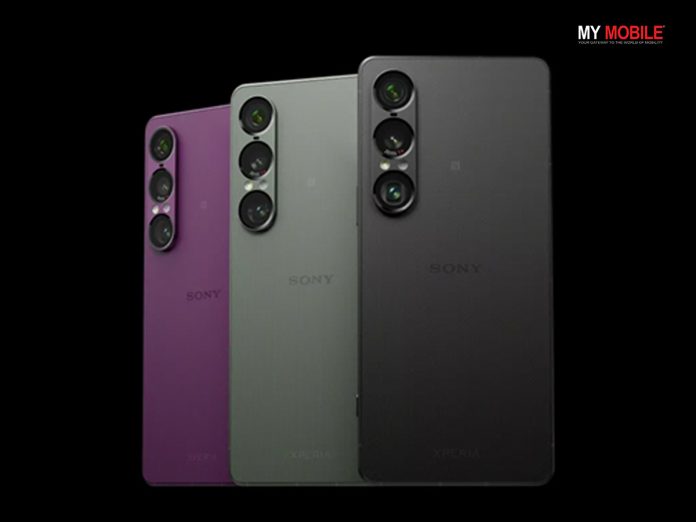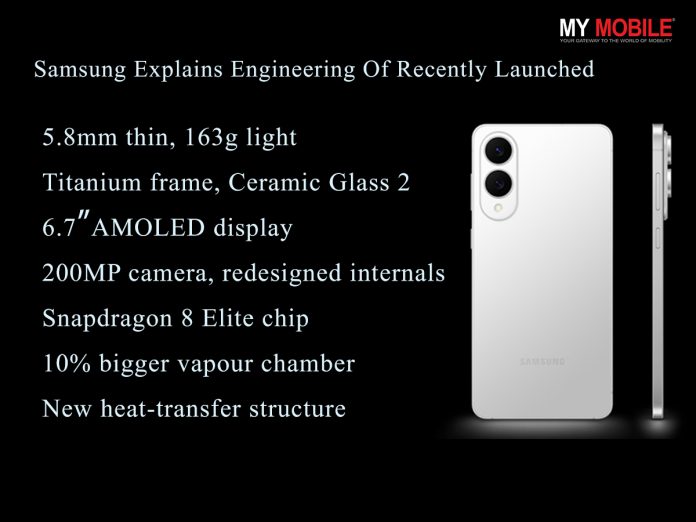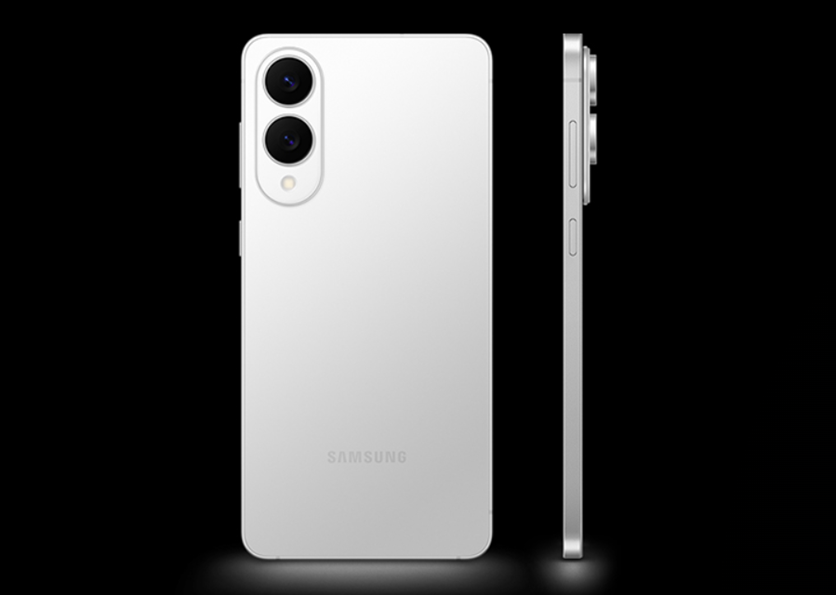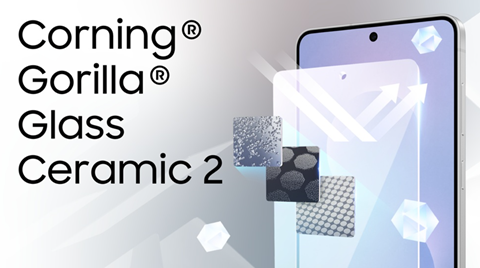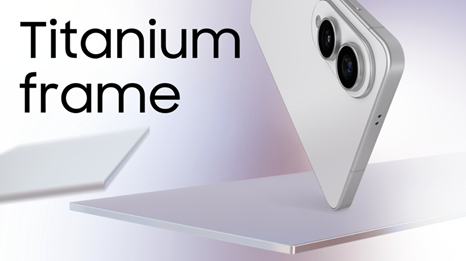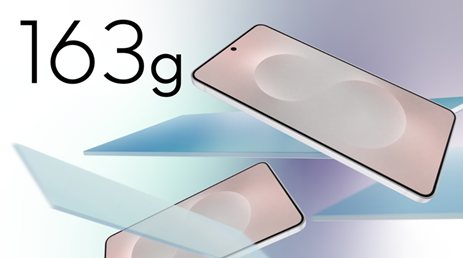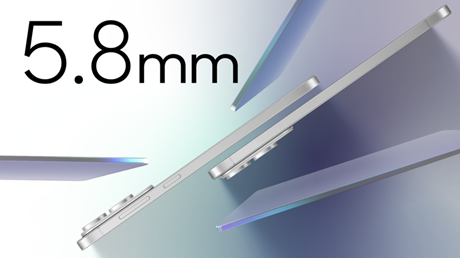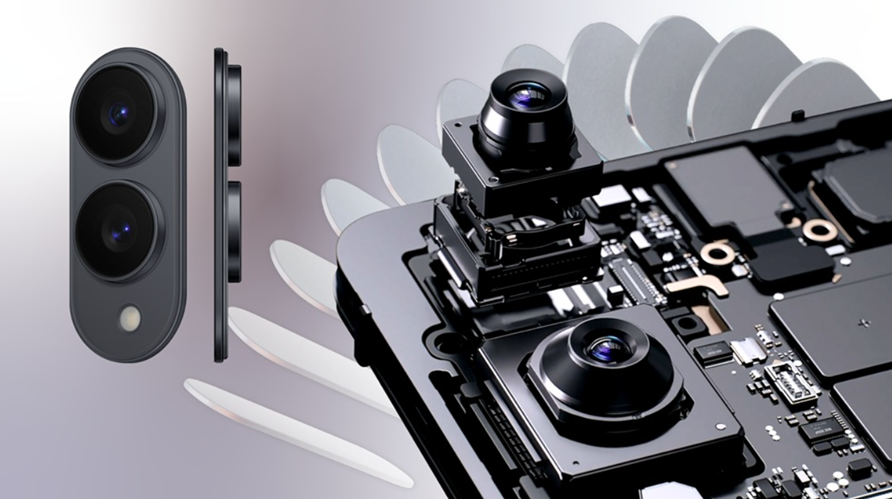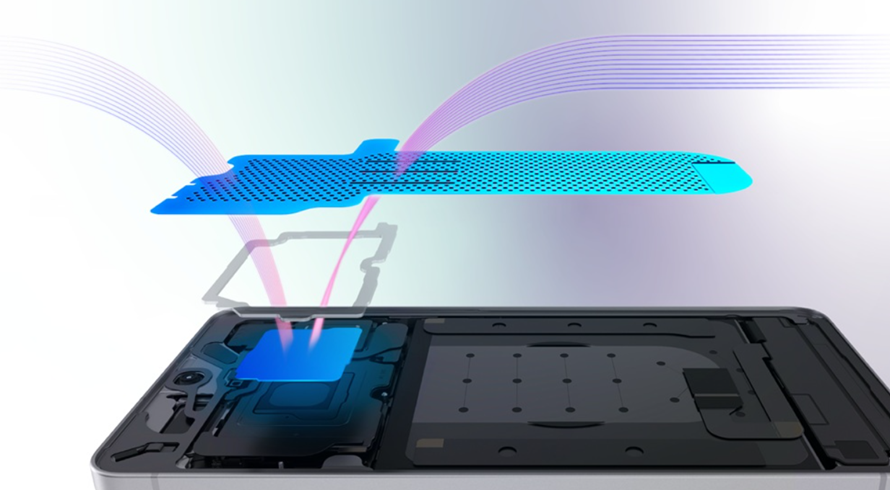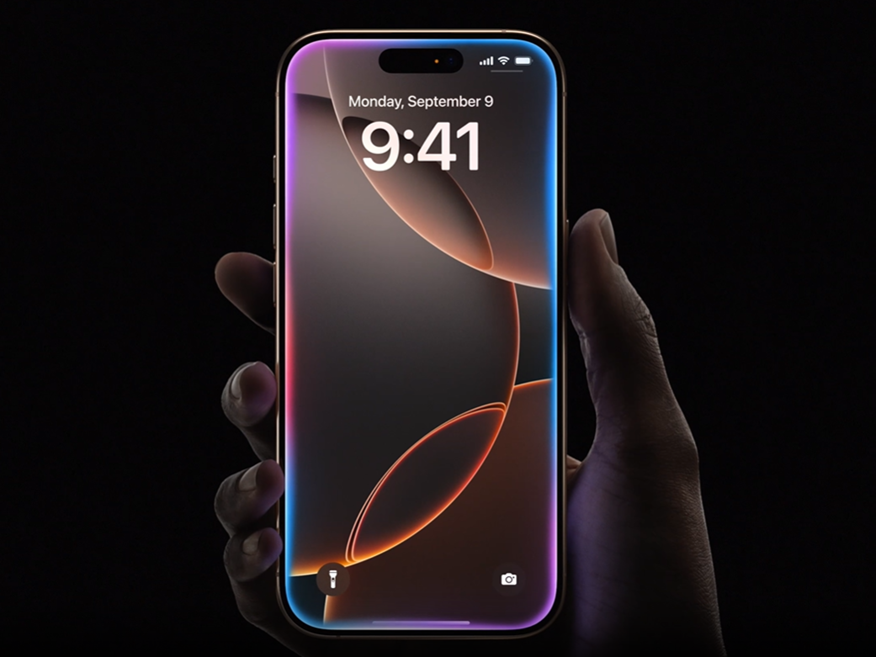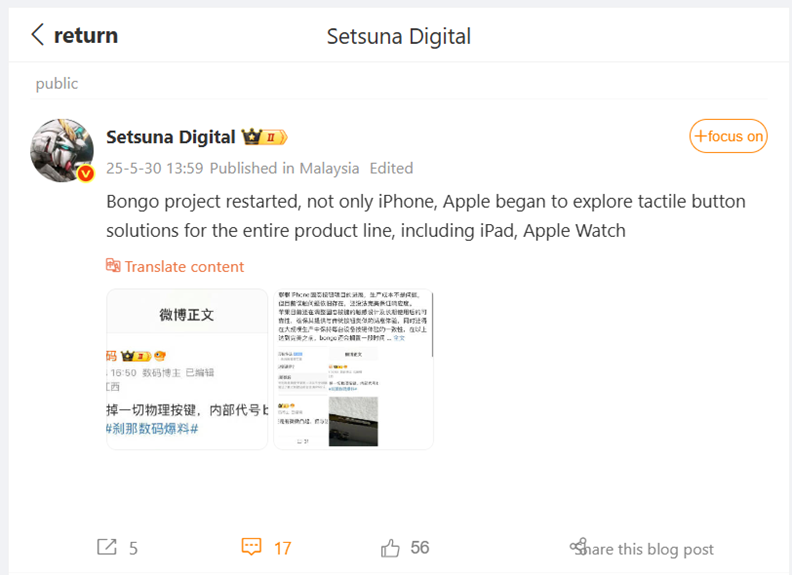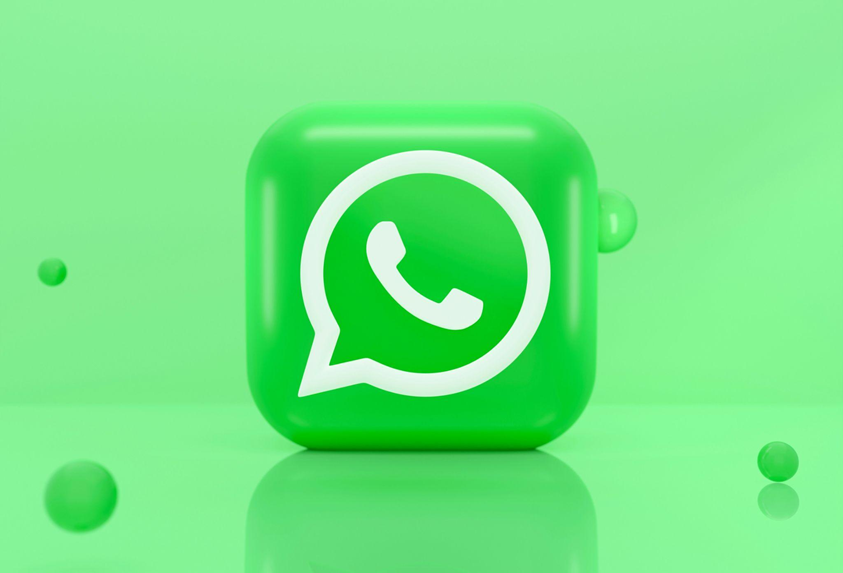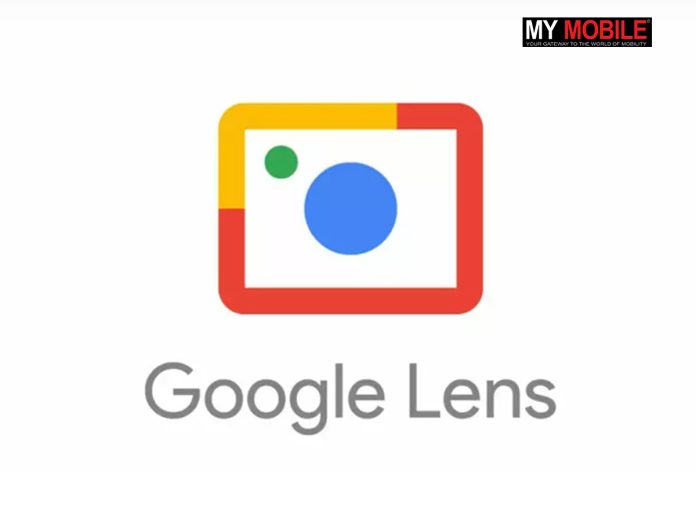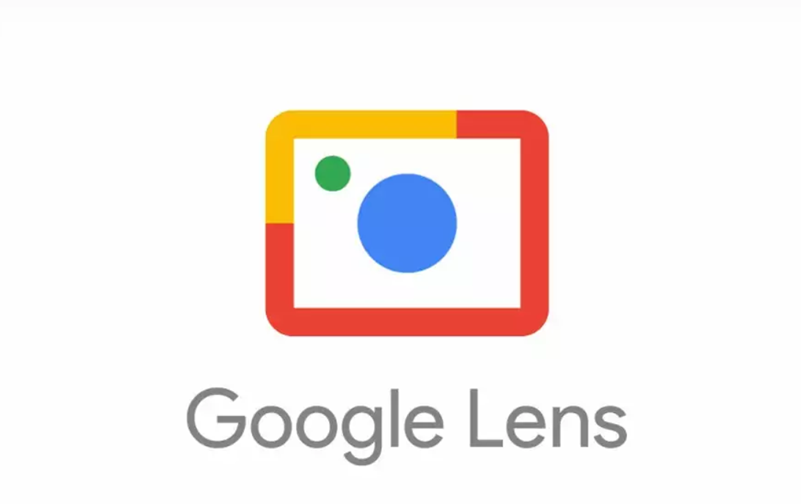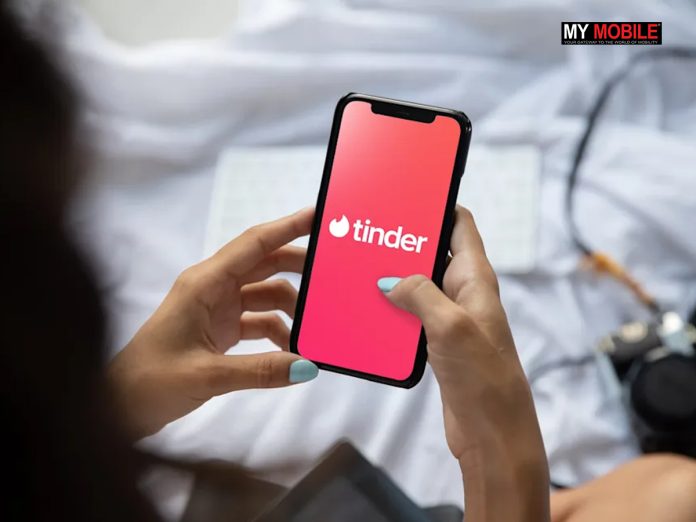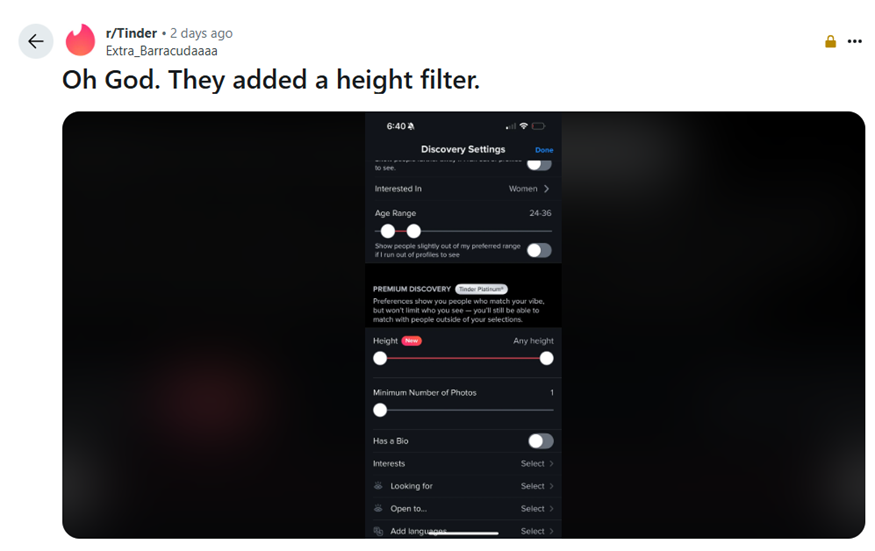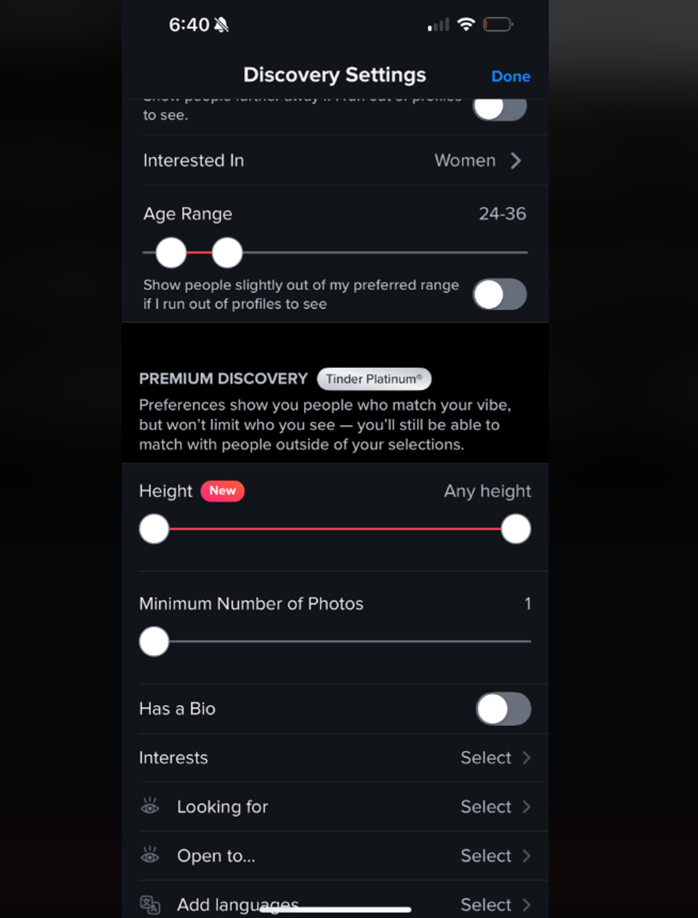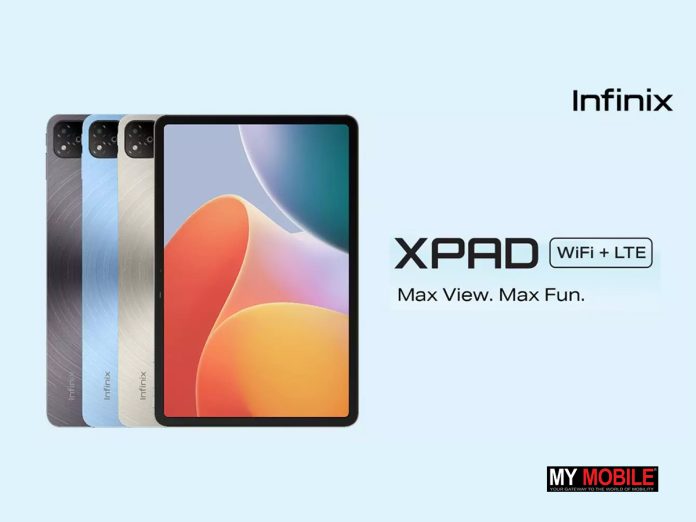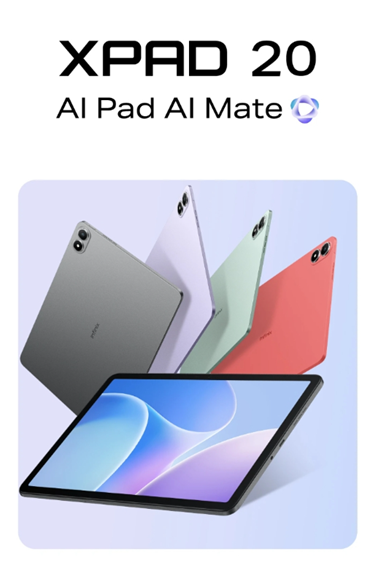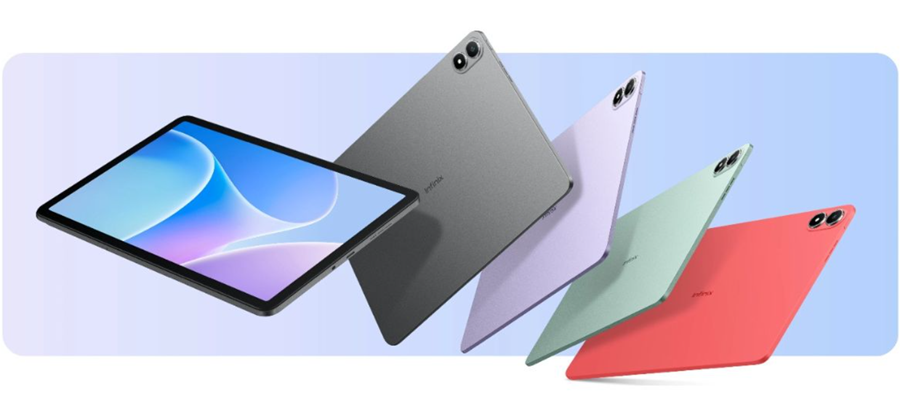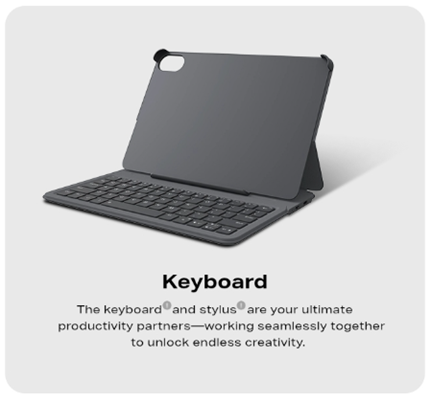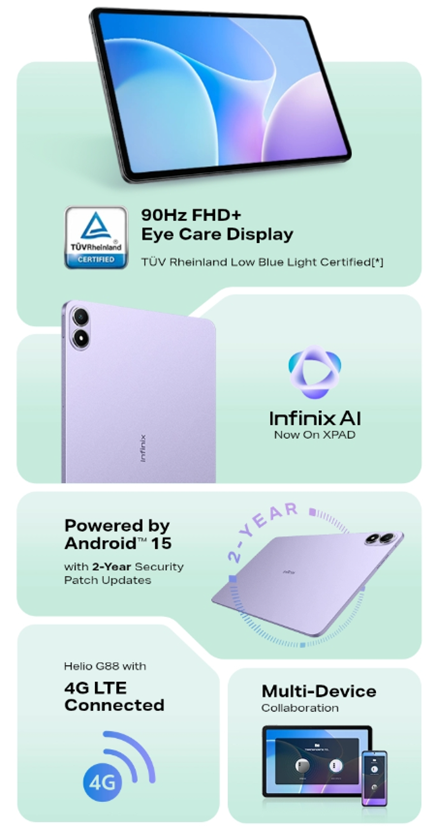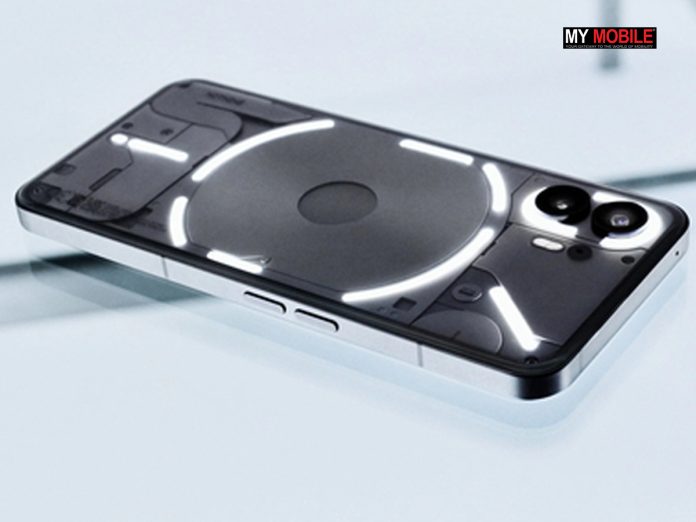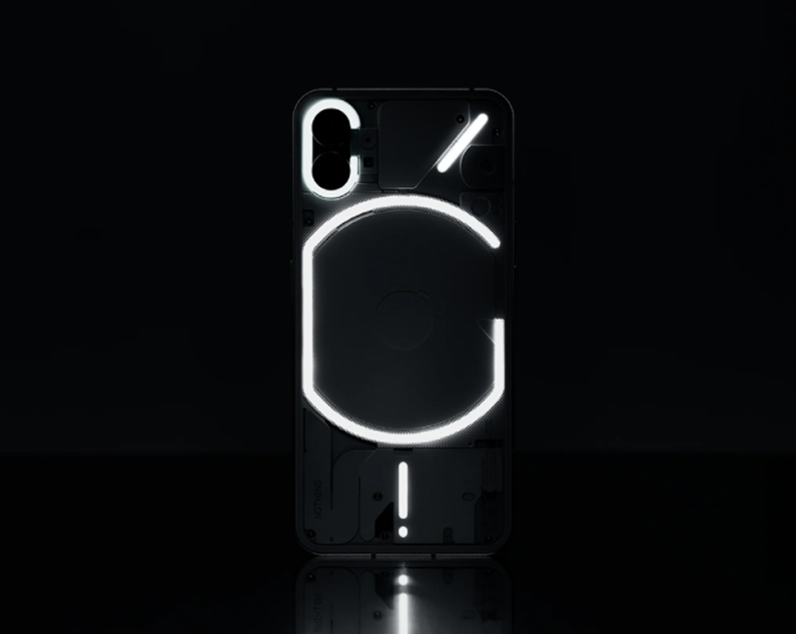Highlights
- HMD is reportedly launching new smartwatches – Rubber 1 and Rubber 1S.
- These will come with health tracking, waterproofing features and possibly a built-in camera.
- HMD’s partnership with Xplora hints at a kid-friendly smartwatch experience.
- HMD Skyline 2 leaks suggest the Skyline 2 will have a Snapdragon 7s Gen 3 processor, a 108MP main camera and a 5,000mAh battery.
- The HMD Skyline 2 GT will likely offer a brighter display, Snapdragon 7 Gen 3, 12GB RAM and an improved camera setup.
HMD Global is getting ready to launch its first smartwatches – Rubber 1 and Rubber 1S. And they’re not stopping there. Leaks have also revealed key specs for two upcoming smartphones – the HMD Skyline 2 and HMD Skyline 2 GT. Here’s everything we know so far.
HMD Rubber 1 and Rubber 1S Smartwatches (Specs Leaked)
According to the post by HMD_MEME (@smashx_60) on X (formerly Twitter), HMD is working on two Wear OS smartwatches called the HMD Rubber 1 and Rubber 1S. One of them might even include a camera, which would be a first for Wear OS devices.
The Rubber 1 is expected to feature a 1.85-inch OLED display, a 400mAh battery, USB-C and Qi wireless charging support and a 5 ATM waterproof rating. It will offer Bluetooth 5.3, Wi-Fi, NFC and health tracking for heart rate, blood oxygen and step count.
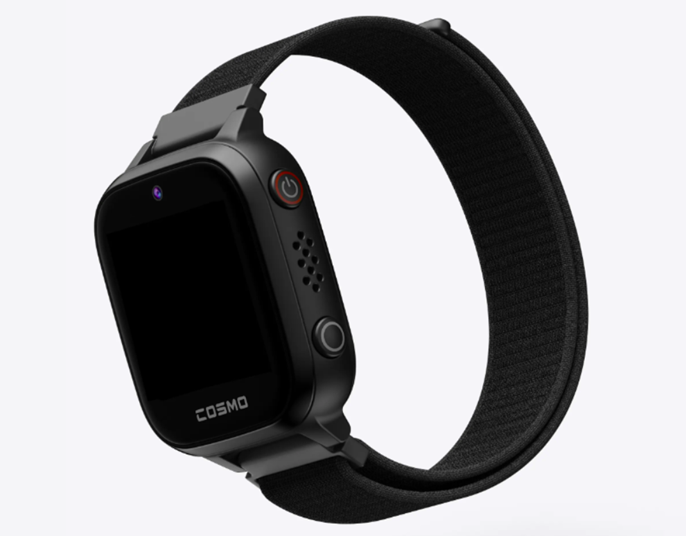
Caption – JrTrack 4 Kids Smartwatch. (Image credit – JrTrack)
Interestingly, it could include a 2MP camera, something almost unheard of in smartwatches. As reported by Notebookcheck, the camera might be positioned above the display, similar to the JrTrack 4 Kids Smartwatch.
The Rubber 1S will come with a smaller 1.05-inch OLED display and a 290mAh battery. It has the same waterproof rating and health tracking features but ditches NFC in favor of Bluetooth 5.0 and Wi-Fi.
Both watches are expected to run Google’s Wear OS, possibly using a kid-friendly interface like the one seen in the Galaxy Watch for Kids, which launched earlier this year.
Given the basic health features and the presence of a camera, these smartwatches may be aimed at kids. HMD partnered with Xplora Technologies, a company known for children’s smartwatches, in October 2024. HMD could be looking to create a similar setup to the Galaxy Watch for Kids, which includes Family Link parental controls and teacher-approved apps.
HMD Skyline 2 and Skyline 2 GT Smartphones (Specs Leaked)
Separate leaks by the same tipster on X also revealed detailed specs for two upcoming HMD phones. These are Skyline 2 and Skyline 2 GT.
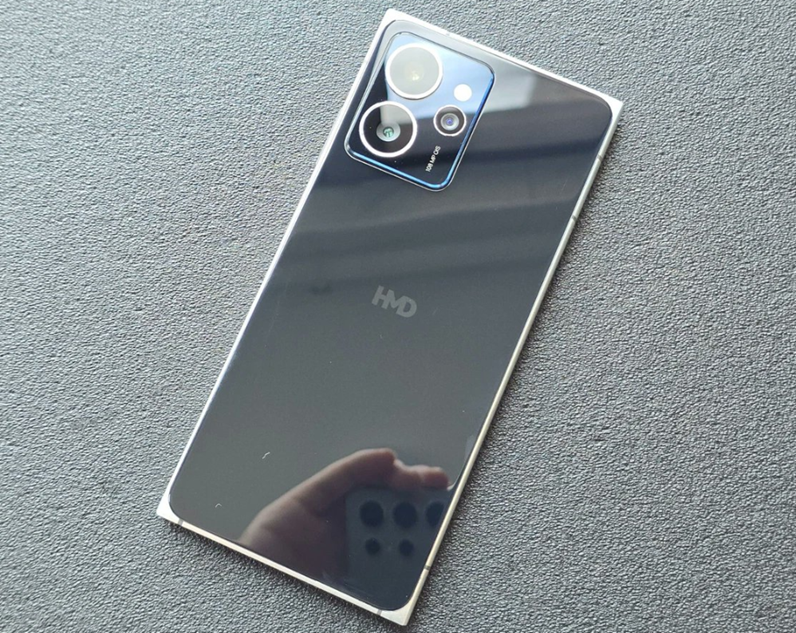
Caption – A possible depiction of either the HMD Skyline 2 or the Skyline 2 GT. (Image credit – @smashx_60 on X)
Before we look at the leaked specs, here’s a picture posted by the same leaker @smashx_60 on X. While the post didn’t specify which particular phone it was, we can assume this could be a depiction image of either the HMD Skyline 2 or the Skyline 2 GT.
According to the leaker, the HMD Skyline 2 will feature –
- A 55-inch pOLED screen with FHD+ resolution
- 144Hz refresh rate
- 1,200-nit peak brightness
- Snapdragon 7s Gen 3 processor
- 5,000mAh battery with 33W wired and Qi 2.0 wireless charging
- Triple rear cameras – 108MP main with OIS, 13MP, and 50MP sensors
- 50MP front camera
- IP54 rating for dust and splash resistance
- Stereo speakers and magnetic wireless charging support
- Android 15 with three major OS upgrades promised
Meanwhile, the Skyline 2 GT will have the same screen size and resolution but with a brighter 2,000-nit peak brightness. It will be powered by the Snapdragon 7 Gen 3 processor.
Other HMD Skyline 2 GT features include –
- A 108MP main camera with OIS
- Two additional 50MP sensors and a 3D ToF sensor
- 50MP front camera
- 12GB RAM
- 5,000mAh battery with faster 45W wired charging
- Qi 2.0 wireless charging with magnetic alignment
- IP67 rating for better dust and water resistance
- A dedicated camera button and another customisable button
As of now, there’s no word on the official launch date or pricing for any of these devices.
FAQs
Q1. What smartwatches is HMD launching, and what are their key features?
Answer. HMD is set to launch two Wear OS smartwatches, the Rubber 1 and Rubber 1S. The Rubber 1 will have a 1.85-inch OLED display, 400mAh battery, USB-C and Qi wireless charging, 5 ATM waterproofing, and health tracking features. It may include a 2MP camera positioned above the display. The Rubber 1S will have a smaller 1.05-inch OLED display, a 290mAh battery, similar waterproofing and health tracking, but no NFC.
Q2. What are the key specifications of HMD Skyline 2?
Answer. The Skyline 2 will feature a 6.55-inch pOLED screen with FHD+ resolution, 144Hz refresh rate, Snapdragon 7s Gen 3 processor, a 5,000mAh battery with 33W wired and Qi 2.0 wireless charging, and a triple rear camera setup with a 108MP main sensor.
Q3. What do we know about HMD Skyline 2 GT?
The Skyline 2 GT will have the same screen size as Skyline 2 but a brighter 2,000-nit display, a Snapdragon 7 Gen 3 processor, 12GB RAM, 45W wired charging, and an improved camera setup with a 3D ToF sensor.
Q4. Will the new HMD smartwatches be designed for kids?
Answer. While not confirmed, the presence of a camera and basic health features suggests the Rubber 1 and Rubber 1S may be aimed at kids. HMD previously partnered with Xplora Technologies, known for children’s smartwatches, and the interface may resemble the Galaxy Watch for Kids with parental controls and kid-friendly apps.
Also Read:


